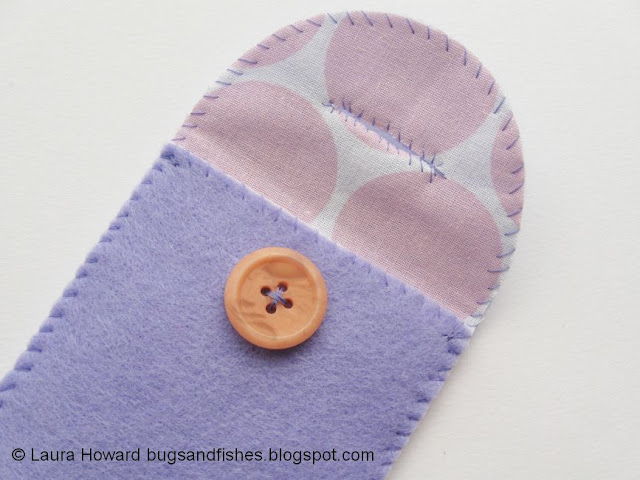Have you ever tried origami? I loved making origami flowers when I was a teen, and really enjoyed the origami making workshop I attended at
the Handmade Fair a couple of years ago so I was delighted when the lovely folks at Jacqui Small sent me a copy of
The Origami Home to review.
Jacqui Small publish really beautiful creative books - like
Sewing Made Simple,
Quilt Love and
Made by Yourself. Whenever you see one of their books you just know it's gonna be a lovely object... and
The Origami Home is no exception!
It's a gorgeously chunky hardback featuring 30+ miniature pieces of furniture to make from paper.
The book also includes 55 sheets of specially printed papers in fabric and wallpaper designs from the likes of Little Greene and Mini Moderns so you can perfectly recreate the projects in the book.
The origami patterns are organised by room, so you can make little room sets to display on a bookshelf (so cute!).
There's an introductory section that covers the folding process and the symbols you'll encounter throughout the book.
Each chapter begins with a photo of the finished room set, then one by one it takes you through the steps you need to make each piece of furniture. There's a living room, modern-retro dining room, workspace, bathroom, terrace and more.
The step by step diagrams are illustrated with the same patterns as the paper used to make the piece. Although it's helpful to clearly see which is the decorated and which the plain side of the paper when folding, I have to admit that I found the addition of the pattern on top of the fold lines, arrows, etc. shown on the diagram rather distracting.
I'd definitely recommend starting with some of the designs that have
been made from plain paper - and thus have less visually cluttered
illustrations - so you can really clearly see the instructions while
you're getting to grips with the techniques.
The Origami Home would be a great addition to your bookshelf if you have a passion for all things interiors-related, or if you're just interested in origami and want to try making something different to the usual animals and flowers.
The inclusion of the paper pack also makes this an ideal book to give as a gift as you can get crafting straight away!
The Origami Home by Mark Bolitho (chair of the British Origami Society) is published by Jacqui Small. RRP £20. It's available from
Amazon, the
Book Depository and many other bookshops.
Please note: I was sent a free review copy of this book. The
Amazon links in this post are affiliate links.





















































